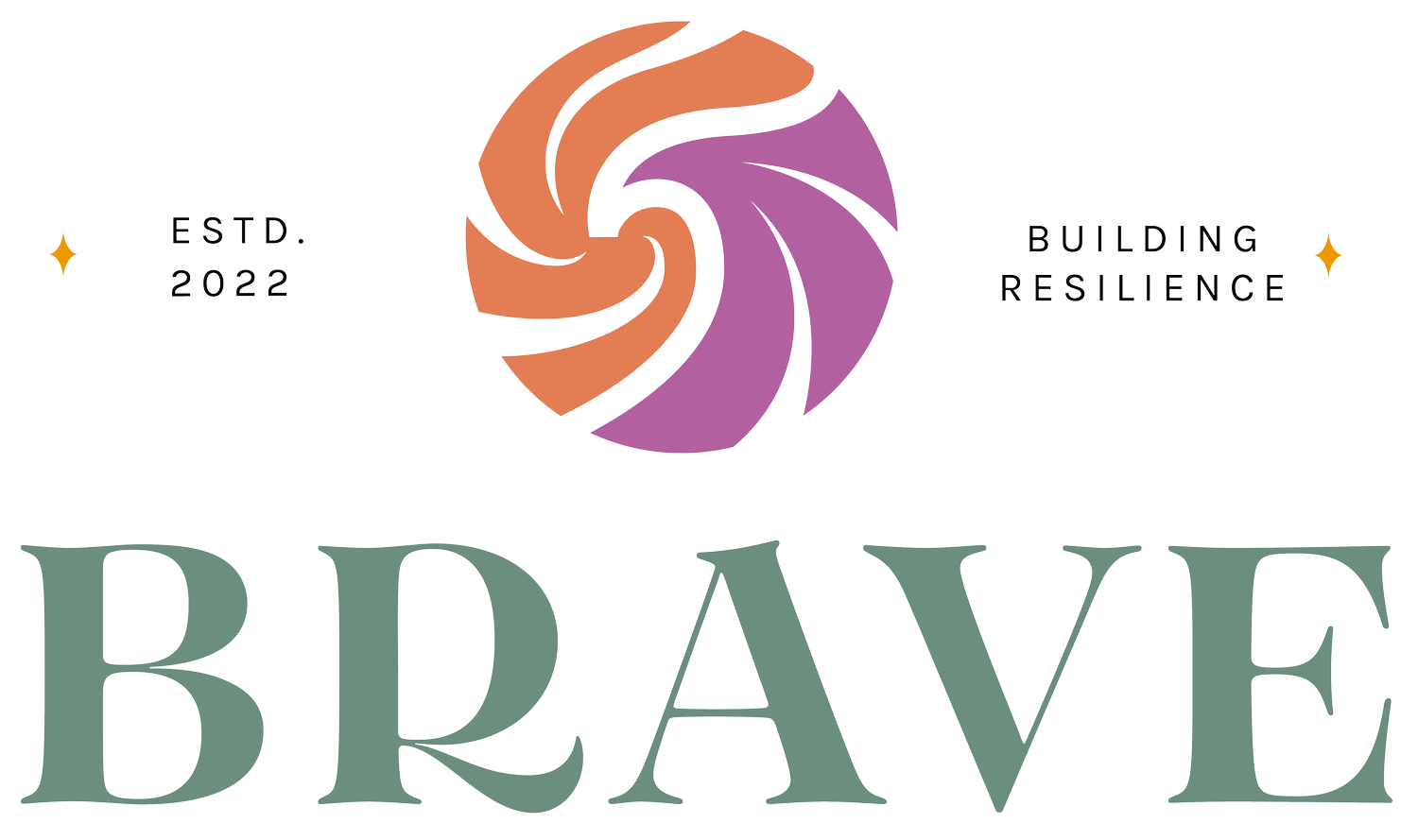Therapist Self-Disclosure: Boundaries, Connection, and the Messy Middle
Naming the Fear
Have you ever left session with your stomach in knots, thinking:
“Did I cross a line?”
“Was that unethical?”
“What if other therapists found out, would they judge me?”
If so, you’re not alone. That shame spiral after self-disclosure is something almost every therapist knows, but hardly anyone talks about. And we’re warned about the dangers of disclosure during training, but no one gives us a clear, real-world roadmap for how to navigate it!
That’s where the fear creeps in. Self-disclosure isn’t about always saying yes or always saying no. It’s about being human and making intentional choices, every single time.
Why Self-Disclosure Feels So Risky
Graduate school prepared us to protect boundaries but didn’t prepare us for the complexity of living them. We were trained through fear: “Don’t make it about you. Don’t share too much.”
But where was the guidance on how to actually make decisions for ourselves and our clients in the real world work we do every day?
In our work, silence often gets mistaken for professionalism. So when you do disclose, whether it’s something small or something personal, the inner critic kicks in hard.
Add in all the unsafe experiences we’ve had in therapist spaces and there’s no wonder we aren’t talking about this stuff!
The truth is: disclosure isn’t inherently wrong. What matters is how you choose it.
The BRAVE Discernment Framework
Over the years, I’ve developed a simple model that has kept me from regretting disclosures and helped me grow as a trauma therapist. I go into even more detail in the companion video, so go check that out too.
Here’s how it works:
Client Benefit – Does this serve their healing, or am I meeting my own need?
Example: Sharing that you also struggle with sleep may normalize their experience and open problem-solving. But sharing because you need empathy? That’s for your support system, not your client.
Safety & Alignment – Am I grounded enough for this to stay boundaried?
Use the Brainspotting acronym WAIT: Why Am I Talking? Why Am I Triggered?
Example: Saying “I remember when my kids were babies, too” can be connecting if you’re grounded. But if you’re activated because you haven’t slept, frustration might spill into the session.
Connection vs. Oversharing – Will this strengthen the therapeutic alliance, or tip into making it about me?
Example: Saying “I lost a loved one, too, and grief is complicated” offers connection. Launching into every detail of your loss? That’s oversharing.
Actionable reflection prompts:
Am I disclosing to meet my need or theirs?
Is my nervous system settled enough to share from a grounded place?
Will this deepen connection, or shift the focus to me?
Types of Disclosure (and Their Risks)
Not all disclosures are equal. Naming the type helps you apply the framework with more clarity.
Light, here-and-now: “Traffic was a mess today.” Usually low risk, but still ask: am I venting or joining?
Personal: parenting, health, grief, identity. Humanizing, but carries weight. Discern carefully.
Clinical/professional: “Other clients I’ve worked with struggled with this.” Helpful for normalization, but be cautious about confidentiality.
Trauma-related: Highest risk. Sometimes powerful, but always requires the strictest discernment.
Questions to ask yourself before disclosing:
Is this type of disclosure necessary for the client’s healing?
Could it risk blurring roles or confusing boundaries?
How will I feel after sharing this?
Grounding in Ethics Without Getting Stuck
Here’s what both the APA and ACA say about self-disclosure:
It must be clinically relevant.
It must protect client welfare.
It must maintain professional boundaries.
Notice what’s not on that list: “Never disclose.”
The ethics codes are about intention and client benefit, not prohibition. Still, every license board has its own language, so check your own guidelines. But across the board, the spirit is the same: disclosures aren’t automatically wrong, they just need to serve the client, not you.
Reframing Self-Disclosure as a Boundary
Here’s the reframe I wish more of us heard during training: disclosure itself is a boundary. When you share with intentionality, you’re not breaking a rule, you’re upholding one.
If you’ve carried shame about something you disclosed, please hear this: it doesn’t automatically mean you messed up. It means you’re human. And being human is part of what makes therapy healing.
You Don’t Have to Figure This Out Alone
Here’s the hardest truth: no textbook, ethics code, or graduate lecture can tell you exactly what to do when a client asks about your kids, or when your gut says sharing a small piece of your story could bring relief.
These decisions live in the gray area. Which is why you need community.
Inside BRAVE, these are the exact conversations we have — the messy, vulnerable, human ones. Our members say over and over that it’s such a relief to bring those fears into a space where no one is judging, and where other trauma therapists truly get it.
If you’re craving that kind of support, I’d love for you to join us. Membership is just $12/month, way less than most of us spend on coffee per week, because we want you to have access.
Closing Reflection
As you think about self-disclosure, pause for a moment.
Notice what comes up in your body: tension, ease, that familiar knot of worry in your stomach. Just notice it.
Because discernment begins not in fear, but in awareness.







